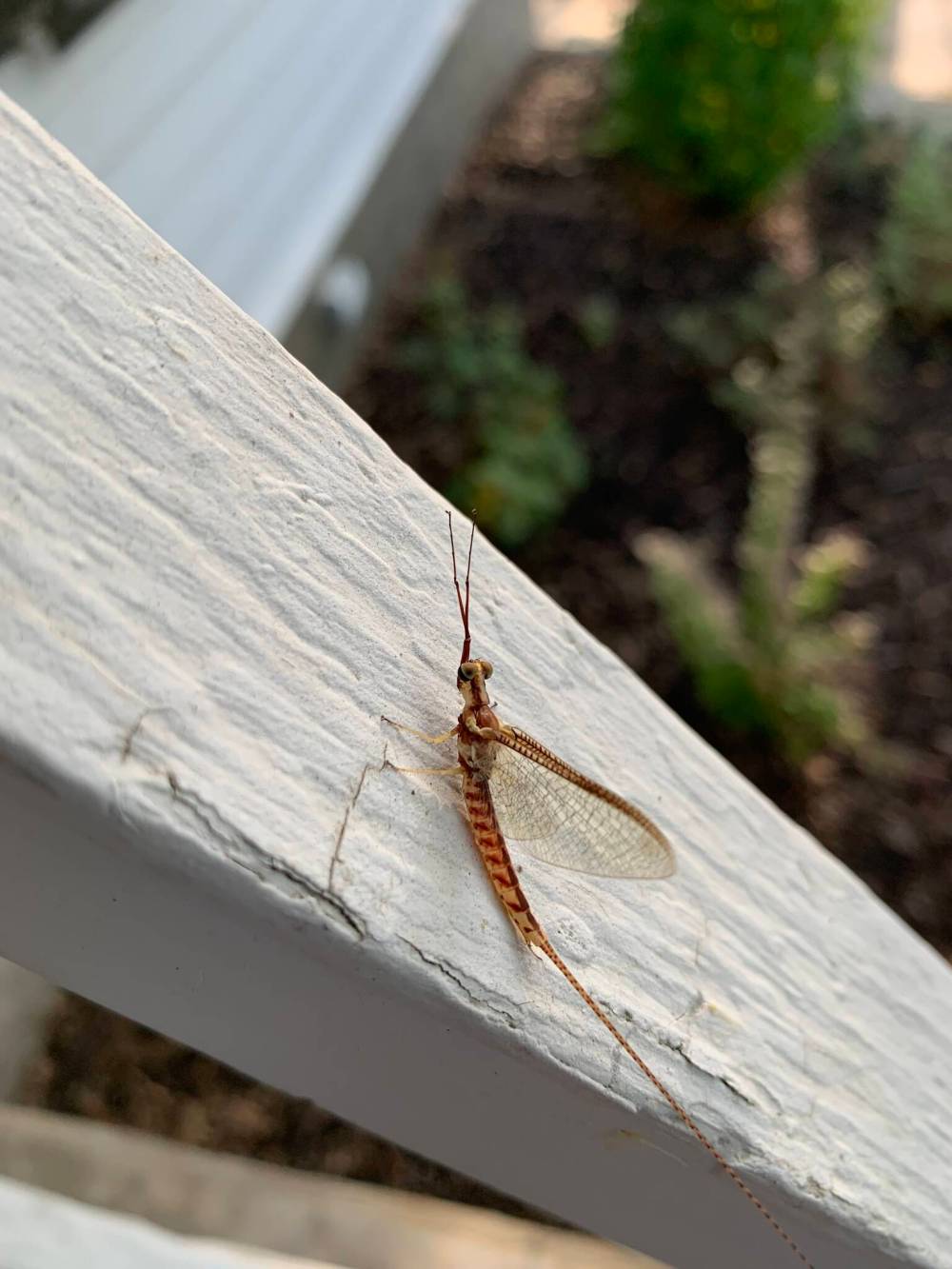Politics
Scientists Warn of Rapid Decline in Insect Populations Worldwide

Recent studies reveal a troubling trend in insect populations, raising alarm among scientists and conservationists. Despite the staggering estimate of nearly 10 quintillion insects—equating to approximately 1.4 billion insects for every human on Earth—evidence suggests that these vital organisms are facing significant declines across the globe.
Among the species under scrutiny is the Hexagenia limbata, commonly known as the burrower mayfly. This male mayfly, not particularly striking in appearance, exemplifies the life cycle challenges insects face. After spending two to four years as a nymph, it emerges for just a day or two to mate before dying. This brief but crucial period highlights the fragility of insect life, which plays a fundamental role in various ecosystems.
Widespread Declines Documented
According to the Royal Entomological Society, studies over the past two decades indicate alarming reductions in insect numbers. In the United States, butterfly populations have plummeted by nearly 25 percent, while data from Britain shows that bumblebee populations have decreased to their lowest levels since records began, with some species experiencing declines of up to 74 percent.
A participatory study known as Bugs Matter in Britain utilized photographs of vehicle license plates to monitor insect populations. The findings revealed a dramatic decline of 63 percent in British flying insect populations over just three years. This trend is echoed in numerous studies from various regions, pointing to a global crisis in insect diversity and abundance.
Causes and Consequences of Insect Decline
The threats facing insect species are manifold, ranging from habitat loss due to urbanization and agricultural practices to the widespread use of pesticides and fertilizers. Monoculture farming practices further exacerbate the situation by reducing the variety of plants that insects rely on for survival.
Insects are critical to numerous ecological processes, including pollination and decomposition. For instance, fig wasps are essential for the pollination of specific fig species, with each of the 900 individual fig wasp species required for its corresponding fig species. The loss of a single species can have cascading effects on the entire ecosystem.
The implications of declining insect populations extend beyond environmental concerns. Insects serve as a vital food source for a wide range of species, including fish. For example, the nymph form of Hexagenia limbata plays a crucial role in freshwater ecosystems by aiding in nutrient cycling through its burrowing activities.
As these populations dwindle, the health of ecosystems is jeopardized. Insects, often referred to as “environmental canaries,” signal the overall health of our planet. Their decline should prompt urgent attention and action to protect biodiversity and ensure ecological stability.
The ongoing research and public awareness initiatives are vital in addressing this issue. By understanding the critical role insects play and the factors contributing to their decline, effective conservation strategies can be developed. If we continue to overlook these small yet significant creatures, the consequences for our environment could be profound.
-

 Politics4 weeks ago
Politics4 weeks agoSecwepemc First Nation Seeks Aboriginal Title Over Kamloops Area
-

 World5 months ago
World5 months agoScientists Unearth Ancient Antarctic Ice to Unlock Climate Secrets
-

 Entertainment5 months ago
Entertainment5 months agoTrump and McCormick to Announce $70 Billion Energy Investments
-

 Science5 months ago
Science5 months agoFour Astronauts Return to Earth After International Space Station Mission
-

 Lifestyle5 months ago
Lifestyle5 months agoTransLink Launches Food Truck Program to Boost Revenue in Vancouver
-

 Technology3 months ago
Technology3 months agoApple Notes Enhances Functionality with Markdown Support in macOS 26
-

 Lifestyle3 months ago
Lifestyle3 months agoManitoba’s Burger Champion Shines Again Amid Dining Innovations
-

 Top Stories2 months ago
Top Stories2 months agoUrgent Update: Fatal Crash on Highway 99 Claims Life of Pitt Meadows Man
-

 Politics4 months ago
Politics4 months agoUkrainian Tennis Star Elina Svitolina Faces Death Threats Online
-

 Sports5 months ago
Sports5 months agoSearch Underway for Missing Hunter Amid Hokkaido Bear Emergency
-

 Politics5 months ago
Politics5 months agoCarney Engages First Nations Leaders at Development Law Summit
-

 Technology5 months ago
Technology5 months agoFrosthaven Launches Early Access on July 31, 2025





















